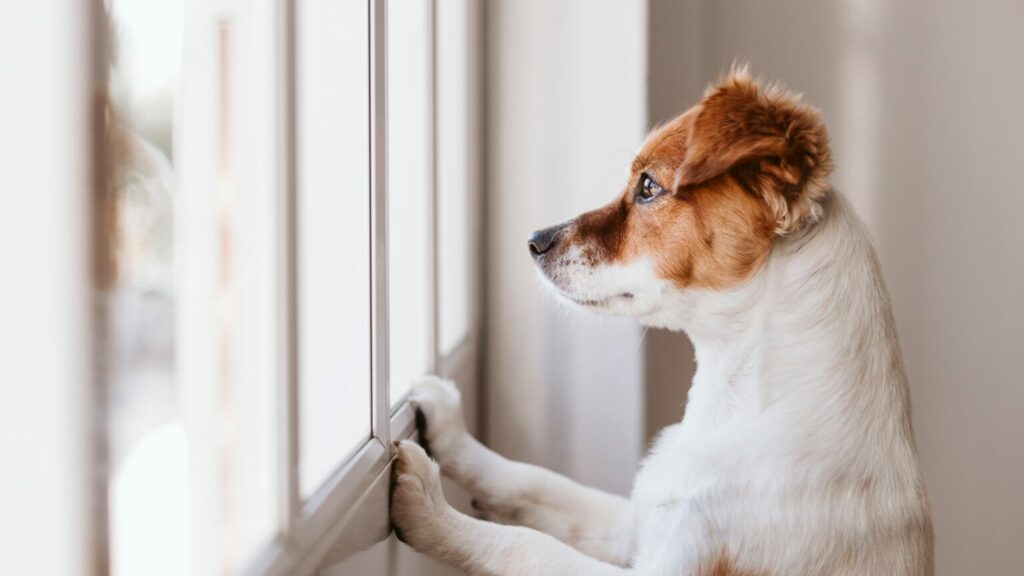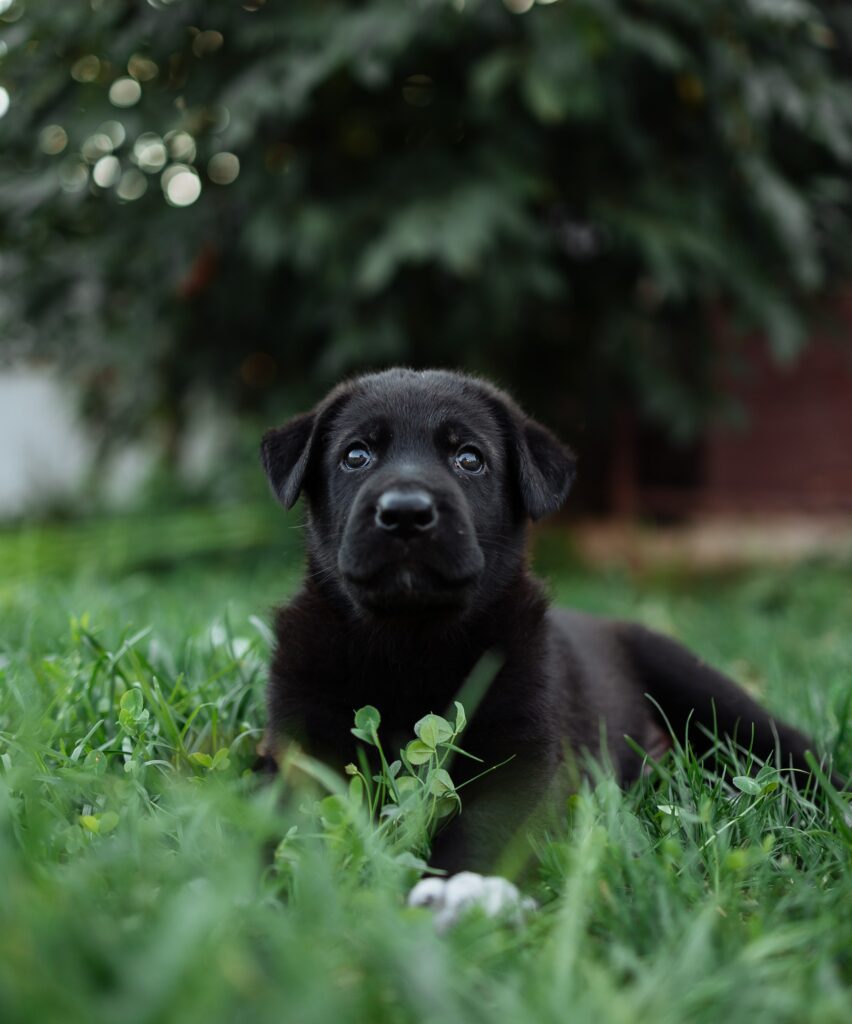It is exciting to bring a new puppy home. However, there will be a lot for you and your fur baby to learn to adapt to each other, and it’s no less than an adventure.
Messy homes and pungent orders come with the arrival of a new puppy, and there’s no way to escape it. So it’s necessary to toilet train your fur baby as soon as possible.
We at Dog Chef talk about everything you need to know about teaching your canine to answer their nature’s calls outside, understanding warning signs, and easy tips to toilet train a puppy in just seven days.
You should begin housebreaking your pup the moment it sets its paws inside. It might be a little hard in the beginning, but the process will get less difficult with time because your puppy will have a firm grasp on your expectations.
Puppies have the mental capacity to pick up on toilet training with relative ease between the ages of 8 and 17 weeks.
If you observe carefully, your puppy will show signs of “wanting to go,” like looking around, walking in circles, and sniffing in appropriate corners. Your fur babies are begging to relieve themselves; it’s time! Take them quietly to the restroom. Don’t rush things because even the most eager of puppies can lose interest in leaving the house once they see the world outside.
In addition to waking up, eating, drinking, playing, and occasionally even doing wee-wee or poo during games, your puppy will have to go to the toilet other times during the day, often for no apparent reason.
Puppies develop their knowledge at various rates. Some people can learn to use the toilet in just a few days, while others may need more time. Your puppy will have accidents at first, no matter how smart they are.
The key to successful potty training is patience and consistency, So don’t give up easily.
You should take your puppy out for a potty break first thing in the morning and train it to defecate and urinate in the open. If you want to make sure your puppy takes a bathroom break when it’s supposed to, tethering them initially will help. Use terms like “hurry up,” “wee,” or “toilet,” that your pup can learn and associate with bathroom breaks.
Make sure to walk your dog every two to three hours during the day. Please keep in mind that your puppy has a small bladder and is not accustomed to holding it for long periods of time. By the time kids reach adulthood, they’ll have improved bladder control and require fewer trips to the restroom.
Your puppy will need to go to the bathroom soon after eating, so be sure to take it out every time it eats. Taking them outside immediately after they wake up is also recommended. Puppy play can also make them need the loo, especially if they get really excited. Send them outside for some fresh air right away, or take a break in the middle of the game to do so.
Give your puppy a lot of praise and a highly desirable reward, like a healthy snack, when it relieves itself outside. This will show your puppy how pleased you are with them whenever they use the outdoor toilet. They’ll want to do it again just to earn the attention and rewards you gave them the first time.Dogchef has some high-quality, natural meat or insect-based treats you can reward your pup with the next time they do a good job. Get them here.
It is quite easy to train an older dog to go to the potty at a designated place as well, using the following tips:
Consult your local veterinarian or veterinary technician if you need additional assistance toilet training an older dog. In some cases, they may suggest consulting with a board-certified behaviourist for additional support.
Select a space in your home that will serve as your puppy’s permanent potty area before you bring it home. This location can be your garden, backyard, or balcony, and it should be as far away as possible from their sleeping area.
Canines are usually creatures of habit. Choosing a designated area for their toilet needs will help them stick to it throughout their life. Puppies have a strong sense of smell, and once they’ve discharged themselves in the right area, they’ll start returning there on a regular basis.
Due to living space restrictions, some pet parents start their puppies off using tools like puppy pads before introducing them to the great outdoors. You can place the puppy pads wherever you want inside the home and train your dog to relieve itself on command.
You can move around the pads and place them outside to let your dog know where they can go. Eventually, when your dog goes to the toilet outside, you can totally eliminate the need for a puppy pad.
Your puppy may learn to “hold it” during potty training with the help of a crate because they do not like to soil their sleeping place. Because of their innate need for a safe den space, puppies can be trained to associate their crates with feelings of comfort and security if they are introduced to them at an early age.
Remember that a puppy requires a crate that is proportionate to its size. As a general rule, a puppy should be able to lie down, sit up, stand up, and turn around without any difficulty. The potty training process will be slowed if your puppy learns that it is only acceptable to use one side of the crate for elimination.
Having a schedule is important for successful toilet training. Puppies are born with abnormally small bladders, so water passes right through them. Also, this is true for all forms of matter that are neither liquid nor gas. Be sure to give your puppy lots of chances to learn the proper behaviours.
Keep track of the activities and routines of the day and your puppy’s habits as you create a routine. In the case of very young puppies, you should plan on taking them out:
Puppies shouldn’t be fed too much because their digestive tracts are still developing. For this reason, it is suggested that you feed your puppy three smaller meals every day. Be sure to pick something that is of high quality and something your puppy will enjoy.
The simplest way for a dog’s owner to tell if their pet needs a change in diet is to inspect the dog’s faeces. You should discuss changing your puppy’s diet with your veterinarian if they often pass large, smelly, and loose faeces. Potty training can be more challenging if your fur baby develops diarrhoea as a result of being overfed.We at Dogchef have high-quality, tasty meals that will boost your pup’s metabolism and are great for digesting.


Votre navigateur est obsolète!
Mettez à jour votre navigateur pour afficher correctement ce site Web. Download Google Chrome